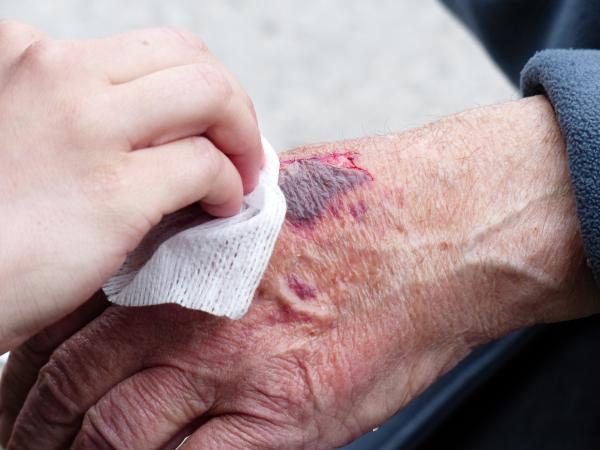Lately, I have observed examples of photos of apparently injured persons used to underscore a particular ideology or belief. To depict evidence of wrongdoing. Photos or accounts mainly on social media (less frequently in the mainstream press) with commentary that rush to judgment of the scenario surrounding the acquired image or story.
Basically, details are being presented without any input from a medical professional.
This is a particular problem on social media where in an instant a solitary click can allow a false narrative to travel the world. Without interpretation from someone with medical expertise, a misguided-- even wrong-- impression can be made.
On more than one occasion, it is obvious to the trained medical professional that the conclusions are incorrect-- that a person was operated on as opposed to being assaulted, for example. Maybe not of the larger picture, but certainly of the chosen, selected image or tale snippet intended to amplify it.
There are many atrocities around the world. Often in our own backyard. Perpetuating quick-to-judge falsehoods does not help remedy the situation. Instead, such actions can accelerate greater damage.
Though much of the time the re-tweet stems from good intentions, I would urge you simply to do some due diligence to determine its veracity when it comes specifically to medical issues and their etiologies.
Bruises and scars, for example, can tell quite a history. The former progresses down a known trajectory upon healing. Among the many changes that tip off the timeline of the injury, are the varying hues of the swollen area. The well-understood pattern of red to deep purple, blue then green, yellow and brown depicts the body’s process of cellular damage to repair and reabsorption. These different stages of healing allow a doctor to hone in on the mechanism of injury and its chronology. Multiple bruises in various stages of healing can be concerning for abuse. The latter, or scars, possess distinct features when secondary to trauma versus surgical intervention.
Severity of injury and location play a role in discerning what is suspicious for abuse and what is more likely of accidental or medical origin. Where one person might be a so-called good healer, another might be susceptible to keloid formation at wound or injury sites. Keloids are excessive tissue growths whose size sometimes exceed the initial scar. To the untrained eye, one might appear to represent a substantial trauma when in fact it was more minor. Wounds in a patient on blood thinners or with certain diseases can appear quite extreme as well.
Just because teeth are knocked out, does not mean the inciting event was definitively untoward. In certain situations, when a patient is struggling or requires life-saving resuscitation, measures necessary to intubate him could do local trauma to the contents of the oral and throat cavities.
It is one thing to capture on film an individual being beaten. It is another to see a photo or hear a blurb and assume. There is usually more to the story in these circumstances. Knowing the truth and the history, whenever possible, and the reality of the incident and its findings are the best way to help someone.
A comprehensive history and detailed physical examination are always the optimal way to give a proper diagnosis so one might offer an ideal therapy. When this is not achievable, a person with medical expertise can still offer, much of the time, a more informed opinion.
So, before the next re-tweet of an inflammatory image, do a little research to see if it is an authentic representation of described events. Never assume.




